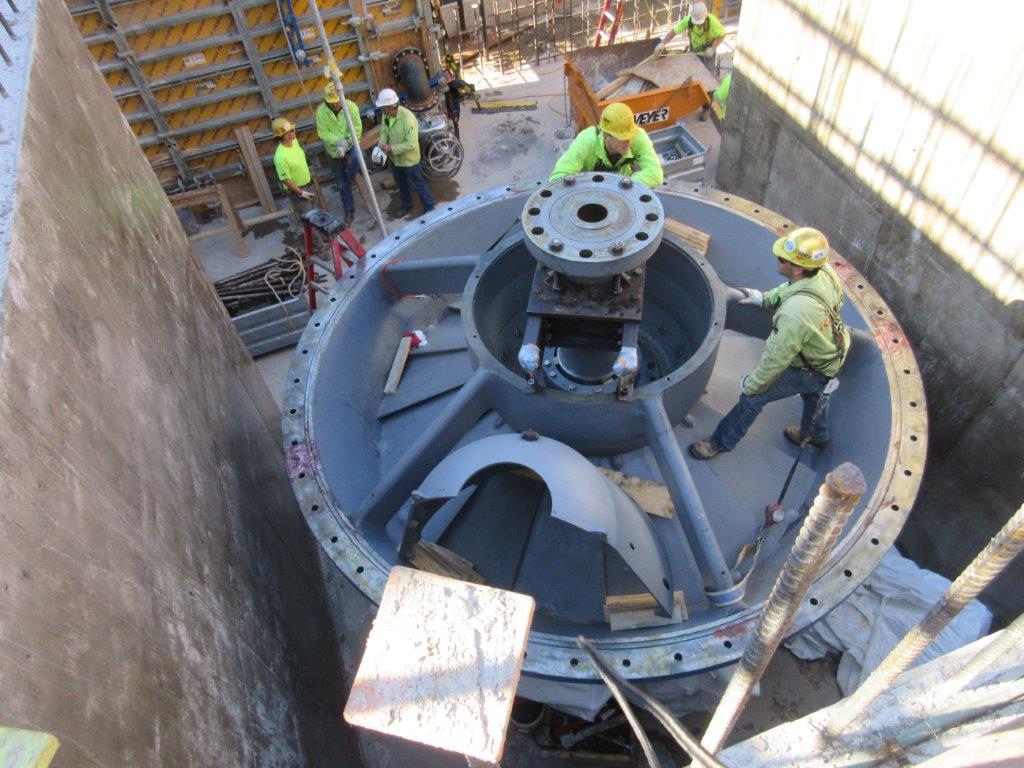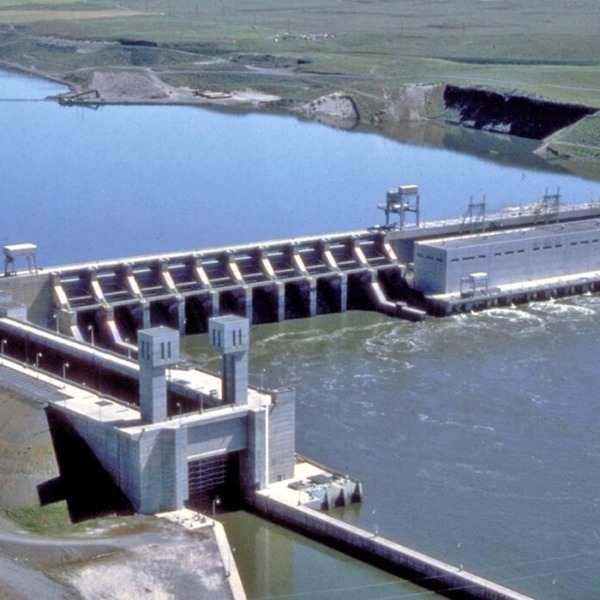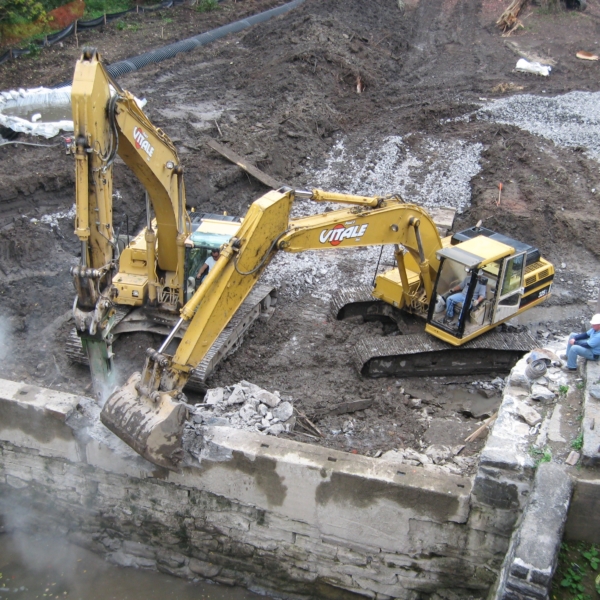In this 2-part article series, Black & Veatch looks inside hydropower operations to reveal opportunities to revitalize the industry from both technological and process perspectives.
Hydropower deserves its spot among the renewable energy mix, especially for its operational flexibility and dispatchability, which doesn’t exist with wind and solar. However, workforce and budget constraints continue to hinder hydropower’s ability to thrive in the energy transition and compete successfully within the renewable space. Turning operators’ focus to digitalization and technology to optimize asset performance can yield a return on investment in the form of increased operational and workforce efficiency, helping position hydropower as a reliable power source in the sustainable energy landscape.
While working with hydropower clients, Black and Veatch learned that many of them are challenged with understanding the data they are collecting, managing the exponential growth in data, and turning data into actionable decisions. To ensure data is managed efficiently, consistently, and purposefully, every hydropower project must be able to answer key questions as part of developing an asset management program and strategy to optimize asset performance, cost, and risk.

Photograph of turbine installation at Twin Falls Hydroelectric Plant.
1. What are the objectives for asset management?
It may seem simple, but establishing the objectives for asset management is essential and ensures one’s approach is aligned with the organization’s overall strategic priorities.
Are your objectives focused on operational excellence and automating workflows, or are they more about minimizing downtime and ensuring reliable performance?
Do you want to reduce risk or take cost-control measures to stay within budget?
If you have capital budget limitations or workforce constraints, maybe extending the lifespan of current assets or allocating resources more effectively are top priorities.
Whatever they may be, it’s important to have clearly defined asset management objectives that align with your overall strategic priorities in order to acquire adequate funding and ensure you are monitoring the right assets while collecting and analyzing the right data. These objectives should be incorporated into an overall strategy for asset management and identify improvements across the organization, focusing on people, processes, systems and data.
2. What are our most critical assets, and what data do we need to make effective decisions?
With objectives defined, a strategy for implementing improvements to asset management activities can be developed. Some key initial steps for asset management planning include determining which assets are most critical to achieving the objectives, and what data is needed for managing them. With this information, you will be able to better determine which assets will benefit the most from improved monitoring and control and prioritize data collection.
Armed with the right data, plant operators are empowered with valuable insights to make key decisions and use automation to increase efficiency. However, all the available data and technology can seem overwhelming, especially if processes or data segmentation and hierarchy have not been established. Asset management is not a one-size-fits-all solution, so it’s important to link data collection with your decision-making processes.
Consider defining and developing use cases for the technology and processes that will help you meet your objectives, including how you will track, monitor, and measure specific equipment data to drive decisions.
3. How do we use data to justify the budget and funding for capital improvements?
Informing capital improvement planning is one of the major benefits of a successful asset management program. It can help organizations prioritize investments, manage risks, and optimize resource allocations.
A recent National Hydropower Association POWERHOUSE article on the industry’s response to DOE funding demonstrated the critical need for investment while highlighting the large discrepancy between the $7 billion requested and the $550 million made available. This emphasizes the importance of understanding the state of critical assets to make the most of limited budgets and funding.
Asset management provides data-driven insights, consistency, and structure to inform decisions on how and when funds are allocated. It allows hydropower plant operators to be more proactive versus reactive. The right data can help identify issues before they become major failures, and the difference between making budgeted, planned upgrades, or being forced to make costly, unplanned outages to fix failed equipment. This is becoming especially important with the long lead times for procuring equipment. Knowing when to order equipment to ensure it is received on time can mitigate the need to expedite at a cost or a unit sitting offline.
Hydropower is one of the energy industry’s most reliable and consistent renewable power sources, and asset management is critical to efficiently extend the health and viability of these valuable assets.











